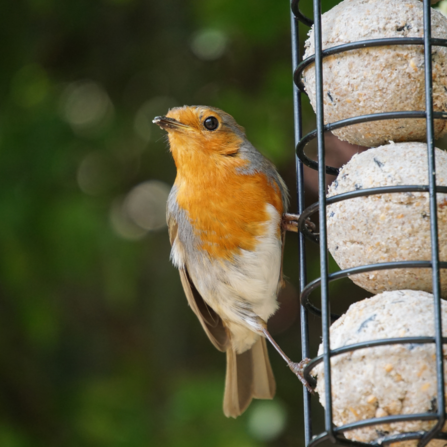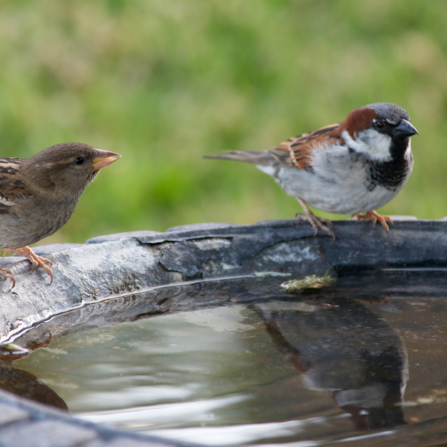Nature reserves can become isolated from each other, preventing the plants and animals who live there from moving around and reaching each other.
Neighbourhood wildlife could be a huge step to solving this problem. If each household in a neighbourhood did one thing for nature, it would allow hundreds of wild species to move through the neighbourhood from one nature reserve to the next. This reduces the chances of local extinction and increases our access to biodiversity – win-win!
So what can neighbourhoods do to maximise their areas for wildlife?







